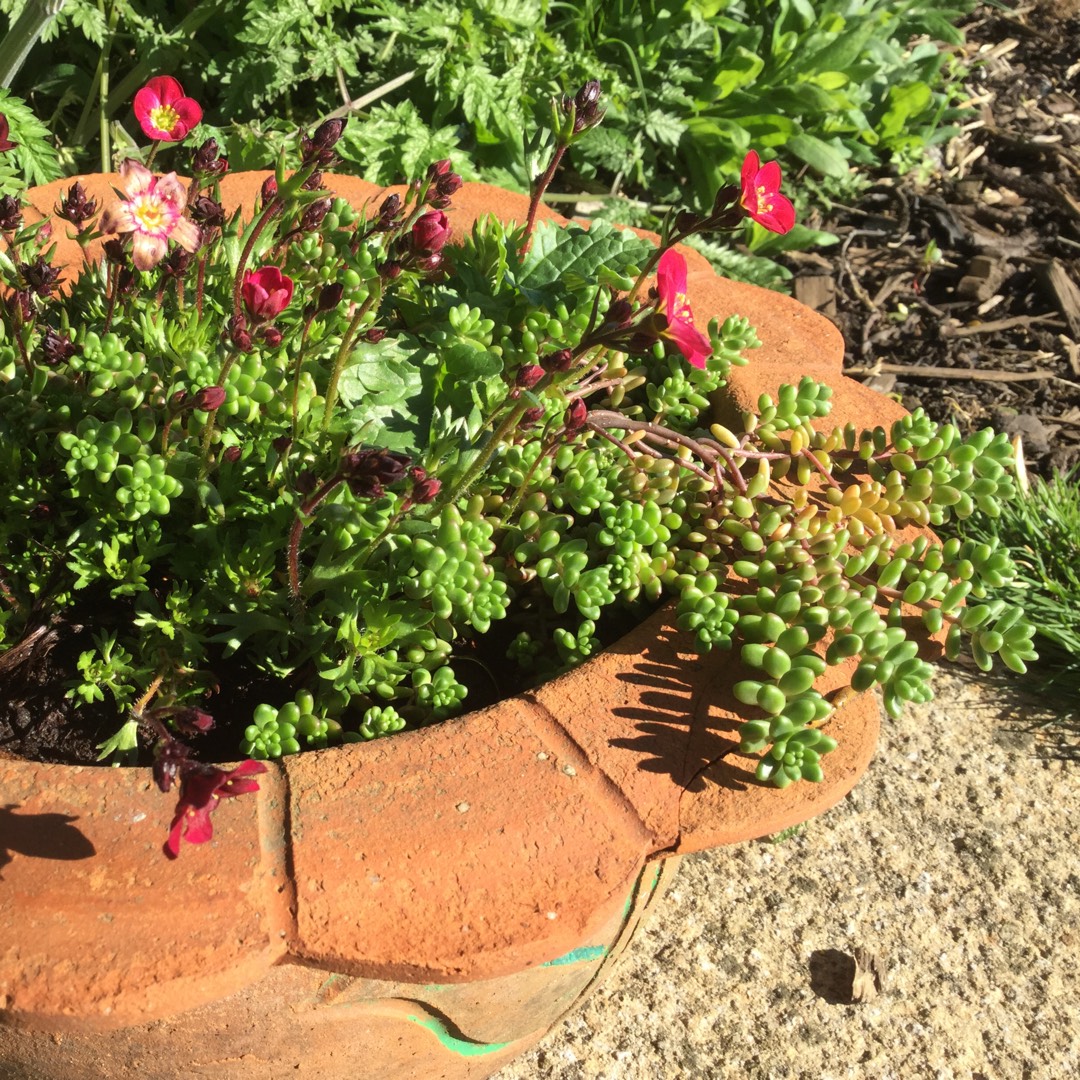
Saxifraga Paniculata 'Atropurpurea'
Lifelong saxifrage 'Atropurpurea'
There are hundreds of Saxifrages. Most are small plants, sometimes succulent, often growing in a rosette of leaves, and have flowers, sometimes in clusters, sometimes singly. Saxifrage 'Atropurpurea' forms a compact cushion with sprays of deep red flowers on 15cm stems in Summer.
-
Full sun to partial shade
-
Very little water
-
Frost Hardy: 23F (-5°C)
-
Moist and free draining
Common name
Lifelong saxifrage 'Atropurpurea'
Latin name
Saxifraga Paniculata 'Atropurpurea'
type
Perennial
family
Saxifragaceae
ph
7.0 - 8.0 Acid - Neutral
Plant & bloom calendar
-
Best time to plant
full grown dimensions
 0.30 M
0.10 M
0.30 M
0.10 M
Saxifraga Paniculata 'Atropurpurea'
There are hundreds of Saxifrages. Most are small plants, sometimes succulent, often growing in a rosette of leaves, and have flowers, sometimes in clusters, sometimes singly. Saxifrage 'Atropurpurea' forms a compact cushion with sprays of deep red flowers on 15cm stems in Summer.
Planting young plants
From Early Spring TO Early Spring
The perennial plant needs moist shade and is hardy in USDA plant hardiness zones 5 to 7 in temperate regions. Growing rockfoil requires cool sites which mimic its alpine native ranges. The plants require moist soil, especially in spring when they are growing the most. Give it a location with some shelter from wind and hot sun. Mix in a little compost with existing soil at planting time.








